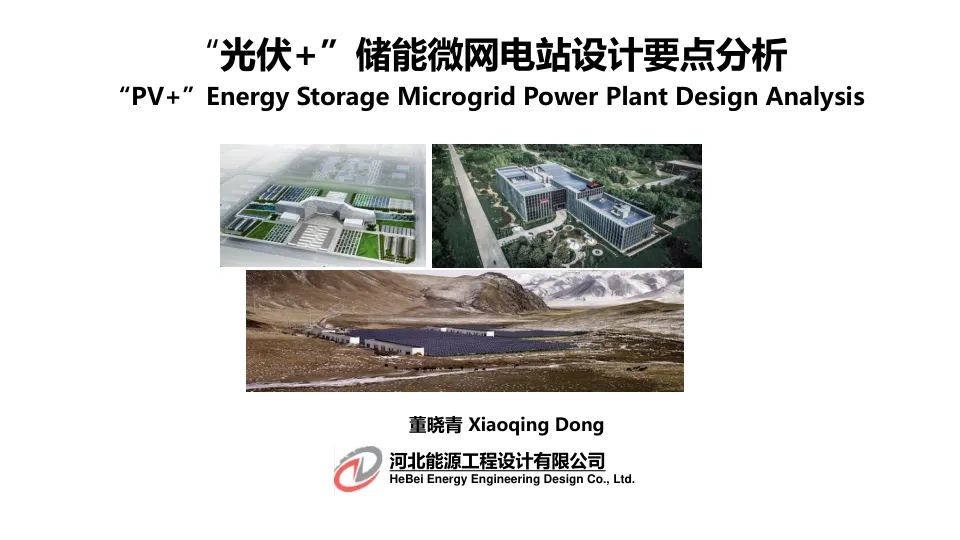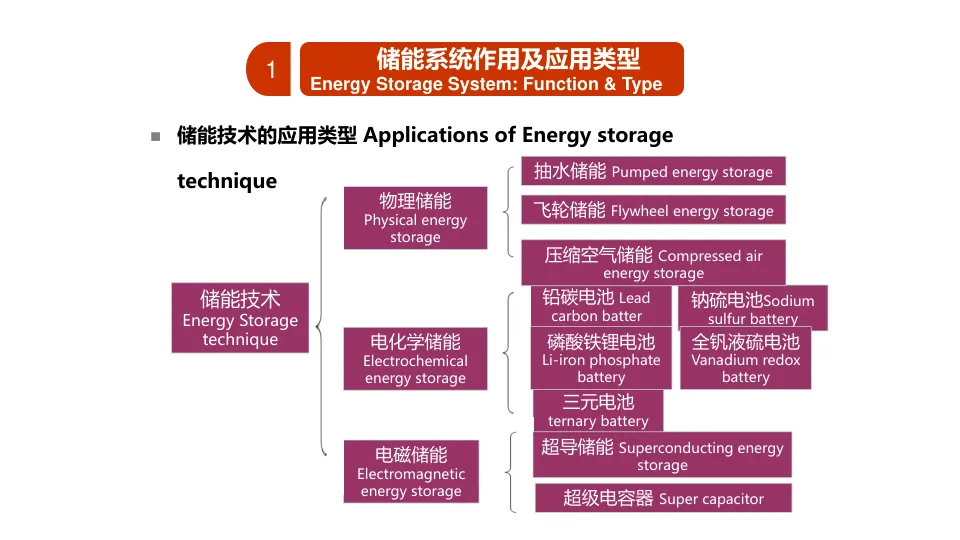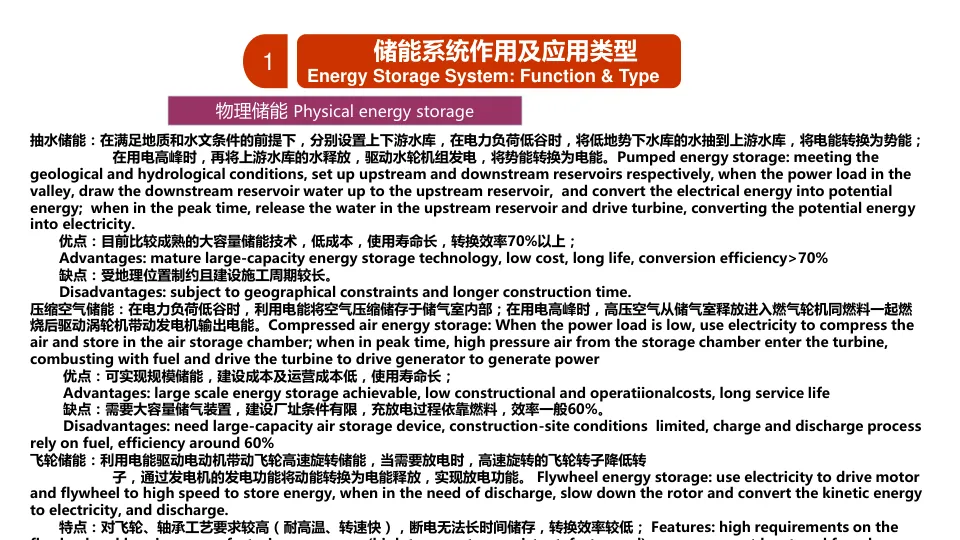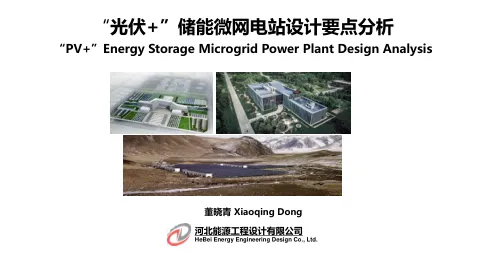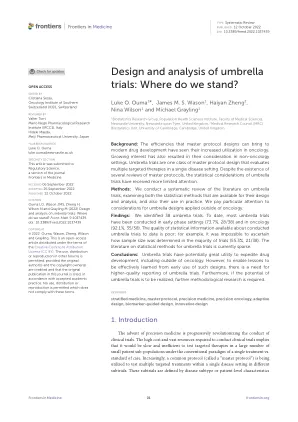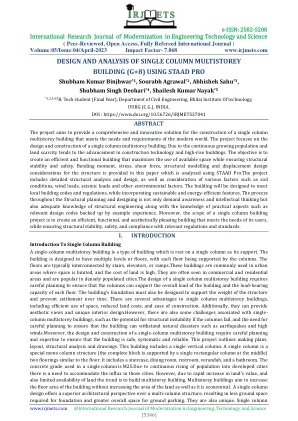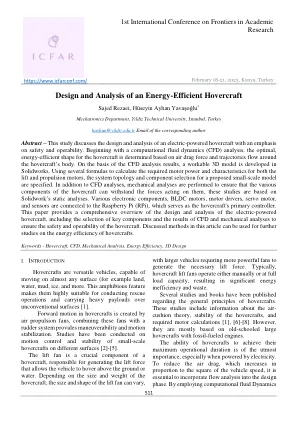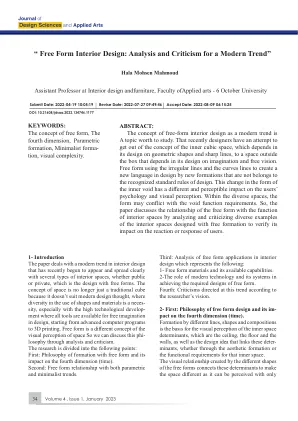1)随着分布式光伏统筹上网电价逐年下降以及储能系统成本降低,建设分布式+储能系统实现 分布式电源全部就地消纳具有较好的经济效益,同时利用储能系统每天“两充两放”的特性, 合理利用阶梯电价,提高系统效益。With the distributed PV grid prices and the energy storage system cost decreasing every year, there is good economic benefit to build the distributed + energy storage system to achieve all the local power consumption, and because the energy storage system charges and discharges twice every day, the step tariff , if well employed, can increase the system benefit. 2)通过能量管理系统控制分布式电源+储能系统平滑输出,减小外部气象条件对分布式电源输 出的影响,提高供电电能质量。Achieving smooth output from the distributed power supply + energy storage system by the energy management system, reducing the impact to the distributed power output from the external weather conditions and improving the quality of power supply. 3)通过分布式电源+储能系统组成并网型微电网系统,当电网故障时,自动切换至独立运行模 式,保持重要负荷连续供电/或者利用储能系统代替企业原有设计起到后备电源(UPS)的作 用。When the grid breaks down, the microgrid system that is composed of the distributed power supply + energy storage system automatically switches to stand-alone mode, which maintains continuous power supply or uses energy storage system to replace the UPS in the original design.
“光伏+”储能微网电站设计要点分析
主要关键词
